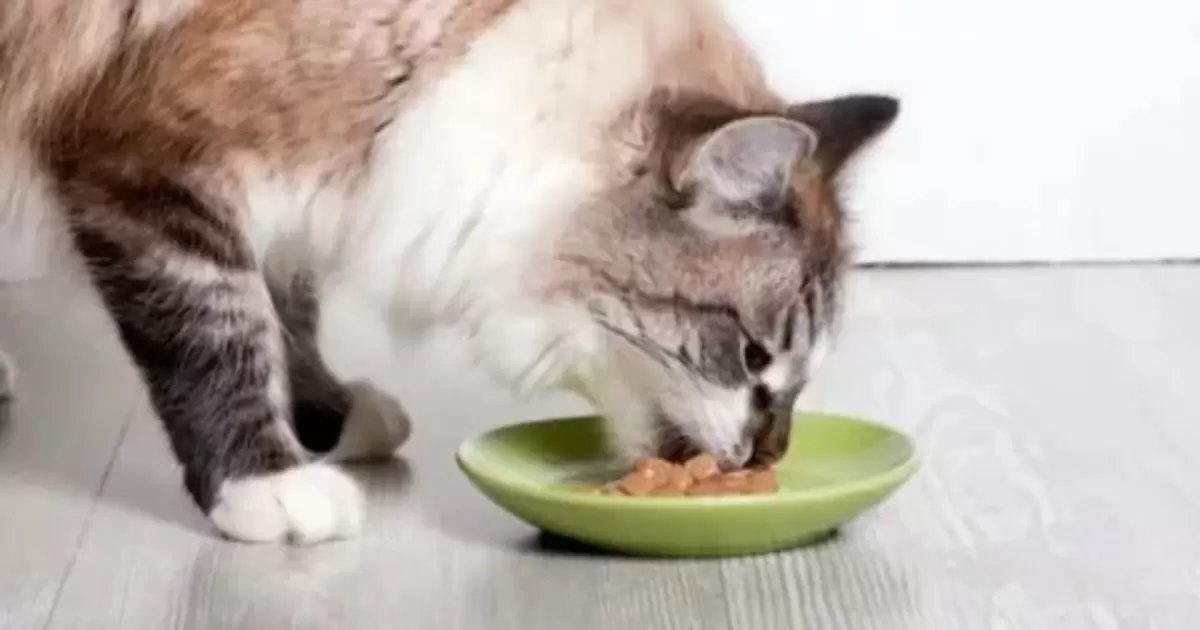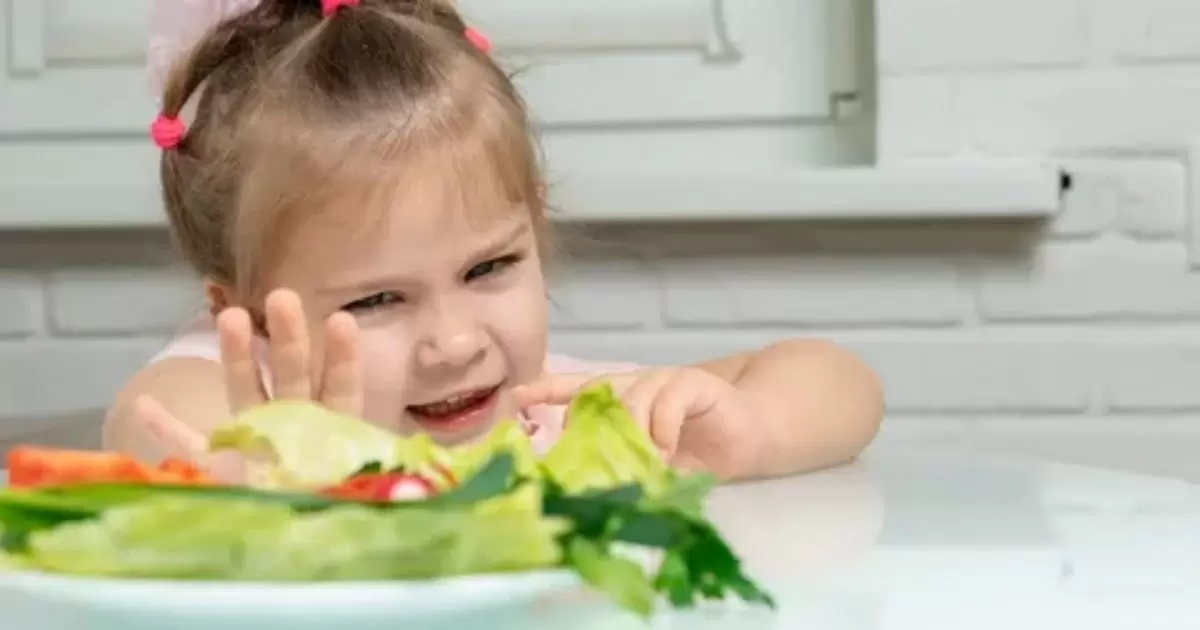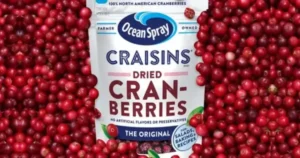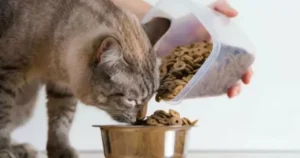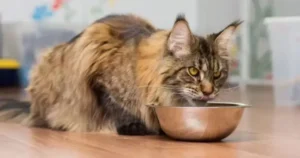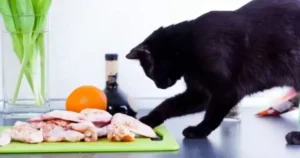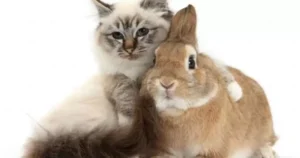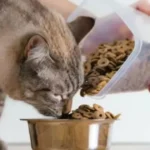Cats usually consume quite a few meals that may be categorized into dry kibble and moist meals. Wet food for cats is normally packaged in cans or pouches and includes meat or fish, at the side of an aggregate of vitamins, minerals, and sometimes grains or vegetables, in a wet, cooked layout. This type of meal is regularly advocated for its excessive water content material and resemblance to a cat’s natural diet.
Have you ever discovered yourself at a loss for words and involved, gazing at an untouched bowl of wet meals as your pussycat pal turns away disinterested? You’re now not by myself in this predicament. Why won’t my cat eat wet food? Is a query that perplexes many cat proprietors, hinting at underlying troubles starting from easy possibilities to fitness worries that want addressing.
Understanding why a cat may also refuse wet meals includes considering various factors. Cats may be finicky eaters with unique tastes and conduct. They might also opt for one texture or flavor over another, or they might be prompted by way of the temperature or freshness of the food. Additionally, a cat’s refusal to consume wet meals should signal dental issues, contamination, or stress, making it essential for proprietors to study their pets carefully.
Key Takeaways
- Cats are creatures of habit and can be slow to transition from dry to wet food. Gradually mix increasing amounts of wet food in with their usual dry kibble over several weeks.
- Texture and smell preferences vary. Try different styles and flavors to find varieties with an appealing consistency and aroma.
- An underlying health issue like dental disease, nausea, or loss of smell can cause a cat to stop eating certain foods. Get a vet check-up for any abnormal changes in eating habits.
- Picky eaters may reject wet food if it’s not served precisely the way they like. Accommodate your cat’s preferences for flavors, textures, dishes, temperatures, etc.
- Use strategies like warming the food, adding mix-ins, eliminating free-feeding dry food, and offering flavor variety to encourage wet food intake.
- Weigh pros like hydration and palatability vs. cons like higher cost and spoilage risk when choosing wet food.
- Have patience and monitor your cat’s eating habits. Consult a vet if their appetite declines or refusal of wet food persists.
The key is understanding your individual cat’s tastes and transitioning gradually to find wet foods they enjoy. With some trial and error, most cats can be coaxed into accepting nutritious wet food.
Transitioning From Dry to Wet Food
One of the most unusual reasons for a cat to turn up their nose at moist meals is that they are used to consuming the handiest dry kibble. If your cat has been fed a kibble-handiest weight loss program their whole existence, suddenly introducing moist food may also motivate them to keep away from it really as it’s unfamiliar. Cats tend to be creatures of habit and may be gradual to adjust to modifications in their recurring or eating regimen.
When transitioning your cat from dry to wet food, do it slowly by way of blending a small quantity of the brand new food in with their regular dry kibble. Over the direction of several weeks, steadily boom the ratio of wet to dry till your cat is eating generally or all moist meals. This sluggish technique offers them time to get acquainted with the extraordinary taste, texture, and scent. Rushing the transition can backfire and motivate a cussed refusal of the new food.
Texture and Smell Preferences
Cats use their sense of scent and flavor closely while determining what ingredients to consume. Some cats may additionally reject wet food, even though it is a taste they favored earlier, because of a texture or smell they find unappealing. Canned food will have a smooth, almost soft texture in comparison to the crunch of dry kibble.
The moisture also leads to stronger odors. Your cat may additionally dislike the texture or fragrance sufficient to turn their nostril up at wet meal types they used to consume eagerly. Experimenting with specific manufacturers, styles, and flavors lets you decide what moist ingredients your cat likes.
Try a combination of chunks in gravy, shredded in sauce, pates, and mousse or cream-fashion varieties. Open the cans or pouches to allow your cat to get a very good whiff before figuring it out. Finding options with textures and aromas that enchant your cat can get them interested in moist food again.
Underlying Health Issues
Sometimes a cat refusing to consume wet food may be a symptom of an underlying tom cat health hassle. Issues like dental sickness, mouth pain, and illnesses causing nausea or lack of smell could make consuming moist food unappealing. Cats are masters at hiding aches or illnesses, so a surprising rejection of certain foods can be the only outward signal of trouble.
Schedule a vet visit if your cat stops eating wet foods they previously enjoyed. The vet can rule out conditions like rotten teeth, gingivitis, digestive issues, or nasal and airway disease. Treating any health issues can often get your cat eagerly eating their canned or pouched foods again. Seek prompt veterinary advice for any change in your pet’s eating habits.
Picky Eating Habits
Some cats are just fussy eaters by nature. Maybe your cat only likes certain flavors, styles, or brands of wet food. Or your finicky feline only wants their canned meals served a particular way. Picky eaters may turn up their noses if the bowl is plastic instead of ceramic or if the food is served cold instead of at room temperature. Your persnickety pet may demand their wet meals separate from dry food instead of mixed.
If your cat is a picky wet food eater, be patient in accommodating their preferences. Note details like which flavors and textures they prefer and how they like the food presented. Providing their wet food just the way they like it is key to getting a finicky feline to eat. Also try to avoid giving people food, which further encourages picky behavior. With time and consistency, you can satisfy even the fussiest cat.
Strategies to Encourage Eating Wet Food
Here are some suggestions to assist convince your cat that moist meals are a scrumptious desire:
- Try different proteins: Chicken, beef, turkey, pork, salmon, etc. Varying proteins give new flavors.
- Mix with dry food: Gradually decrease the kibble ratio over time.
- Warm it up: Cats may find it more aroma-appealing served warm.
- Add “gravy” mixture: Mix in a little tuna juice, clam juice, or broth.
- Top with freeze-dried treats: Powdered chicken, fish, or liver as flavor enhancers.
- Stir in meat baby food: Unflavored meat baby food adds tasty protein.
- Try lickable treats: Spoon feeding a lickable treat before the meal can increase appetite.
- Use a different bowl: Some cats prefer certain materials or bowl shapes.
- Eliminate free-feeding: Restrict dry food to set meal times only to increase wet food appetite.
With the right tactics and a little patience, you can guide your cat to enjoy their nutritious wet food. Monitor their intake, offer variety, and consult your vet if needed. Soon you’ll have success getting the kitty to Ducklings Eat wet food again.
Pros and Cons of Wet Cat Food
| Pros of Wet Cat Food | Cons of Wet Cat Food |
| Higher moisture content for hydration | Spoils quickly once opened |
| Easier to chew and digest | Requires more refrigeration |
| Fewer carbohydrates than dry kibble | Can cause messy eating areas |
| Variety of flavors to please picky eaters | Typically more expensive per serving than kibble |
| More appealing aroma and taste | Soft texture/smell unappealing to some cats |
| Can promote urinary tract health | Gradual transition required from dry food |
| Increased palatability over dry food | Increased dental problems if fed exclusively wet |
| Containers must be washed after use | |
| Some ingredients may cause allergic reactions |
FAQ’s:
1. Can a cat’s desire for dry meals motivate them to keep away from wet food?
Yes, a few cats may also select the texture of dry kibble over wet food.
2. Is it possible that a cat might not eat wet food because of temperature choices?
Cats might reject moist food if it’s not served at their preferred temperature.
3. Could health trouble be the motive for my cat not ingesting wet food?
Dental troubles or illness can lead to a cat refusing wet meals.
4. Is variety important when feeding my cat wet food?
Cats often crave variety and may get bored with the same wet food flavors.
5. Should I be worried if my cat tries to bury their wet food?
Burying meals may be an herbal behavior, however, if it is a brand-new addiction, it might warrant a vet visit.
Conclusion:
Understanding, why won’t my cat eat wet food? Involves considering a variety of things. Cats may be finicky eaters, with preferences for positive textures, flavors, and temperatures. Health problems, along with dental problems or illness, can also cause a cat to refuse moist food. It’s critical to observe your cat’s consuming habits carefully and seek advice from a vet if necessary.
Remember, even as wet food is useful for its high water content and dietary fee, every cat is precise and their dietary needs and options can also vary. Patience, commentary, and a chunk of trial and error can help you locate the quality dietary solution for your feline friend.
